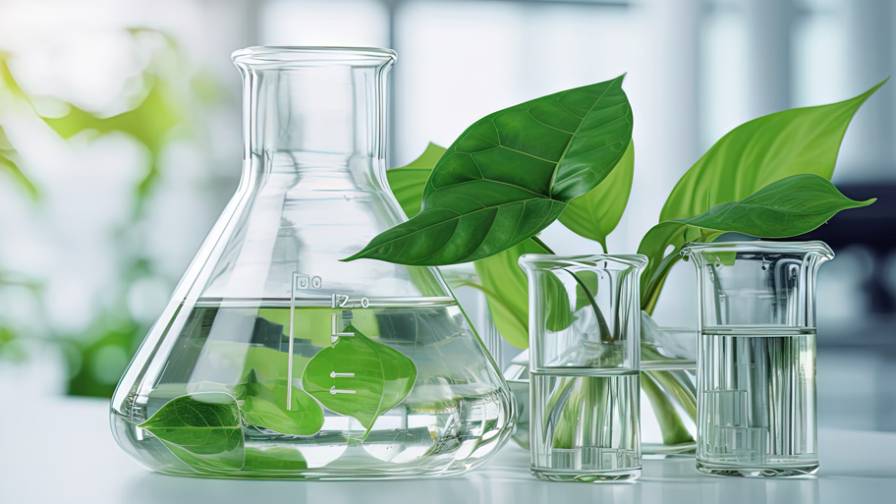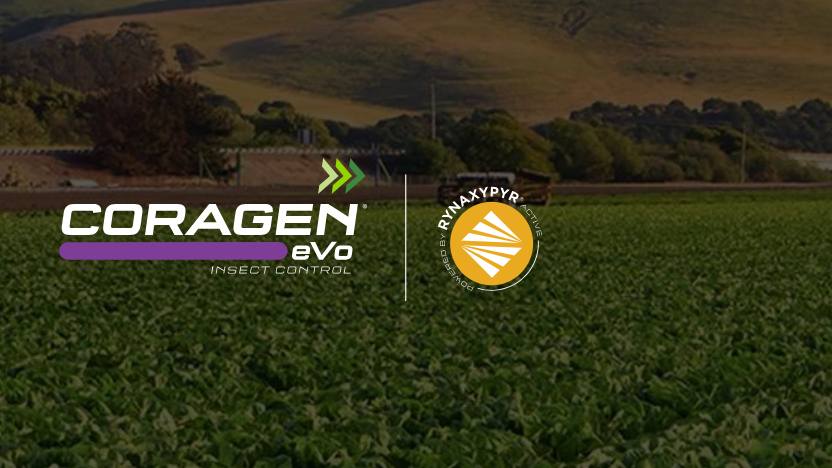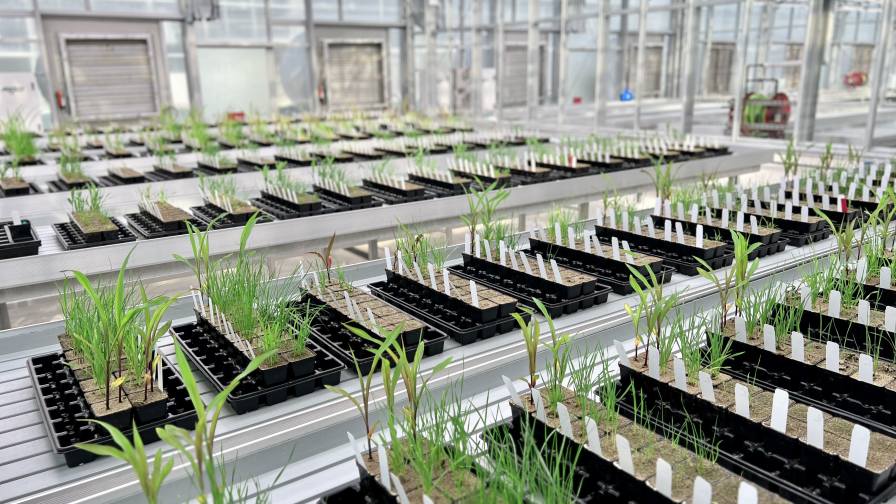Brazil: Prices Good For Corn, Soy
Prices for corn and soybeans, which account for 90% of Brazil’s grain production, should remain strong in 2008, according to a report from the Brazil-Arab News Agency (ANBA).
In 2007, the country earned revenues of US $10.8 billion from soybean exports and US $1.7 billion from corn, ANBA states. The secretary for Agricultural Policy at the Ministry of Agriculture and Supply, Edilson Guimarães, believes that the two products will continue to be in high demand in the global market in 2008, and that prices will remain strong. “The increase in prices of commodities that took place in 2007 was a change in level; the prices will not return to the levels of last year, they should remain at their current level,” he said.
Exports of the soybeans, which stood at 38 million tonnes between January and November 2006, decreased to 36.9 million tonnes during the same period of 2007. While this amounts to a reduction of 2.7% by volume, there was a 22.3% increase in revenue during this period over 2006 as sales rose from US $8.8 billion to US $10.8 billion.
Corn is not as significant in the Brazilian agricultural balance of trade as soy, but foreign sales of corn had significant growth in 2007, from 3.6 million tonnes (January to November 2006) to 10 million tonnes in the period of 2007, a growth of 176.6%. The high price of corn also made the increase in sales even greater: 307% — from US $421 million to US $1.7 billion. “Europe paid a premium on non-transgenic maize, and this helped increase exports,” says Guimarães.
Outlook Good
Continuing that trend, 2008 looks strong as well. “It should be a very good year for soy, maize and also wheat, with balanced demand and supply,” said Paulo Molinari, economist and analyst at consultancy firm Safras & Mercados, in the ANBA article. “There should be a lot of speculation going on in the United States market, because they have low stocks of soy. Therefore, they will have to plant soy and reduce their planted area for maize. That is when the market gets into a delicate situation in these two areas.”
The depreciation of the US dollar against the Brazilian real did now allow Brazilian producers to have a significant increase in earnings despite the growth in the prices of soy and corn, since foreign pricing of the commodities determines the prices in the Brazilian market as well. This could also change in 2008, the article states. “The year of 2008 should be good, because it is believed that the exchange rate has already hit bottom,” said Molinari.
Rising demand in Asian and oil-producing countries as well as the production of ethanol in the US should keep the global market for agricultural products heated in 2008. “Nothing can keep exports from continuing to grow. The world is still buying, and Brazil is still a leading supplier,” says Guimarães. “Exports will be good, above the levels of 2007 due to global demand, which should expand 4%,” explained Molinari. Brazilian grain production is expected to rise 2.3% in the next crop to reach 134.7 million tonnes, according to the National Food Supply Company (Conab).
Fond Memories Of 2007
The past year was a good one for agribusiness in the country overall. “It was not so good for cane and coffee, as a result of price reduction, but it was a good year for soy, maize, meats. Bovine meat reached a record high price, the price of maize increased twofold, soy recovered well. Overall, 2007 was a year of recovery compared with 2006,” said Molinari.
“The year of 2007 was good, we came from two bad years, complicated crops, problems with pricing, climate, exchange rates. The 2006/2007 crop was normal, it was a good crop, we had no problems with climate, pricing as a whole was good. We had the exchange rate problem, but it was partly made up for by the increase in the prices of commodities,” said Guimarães.






